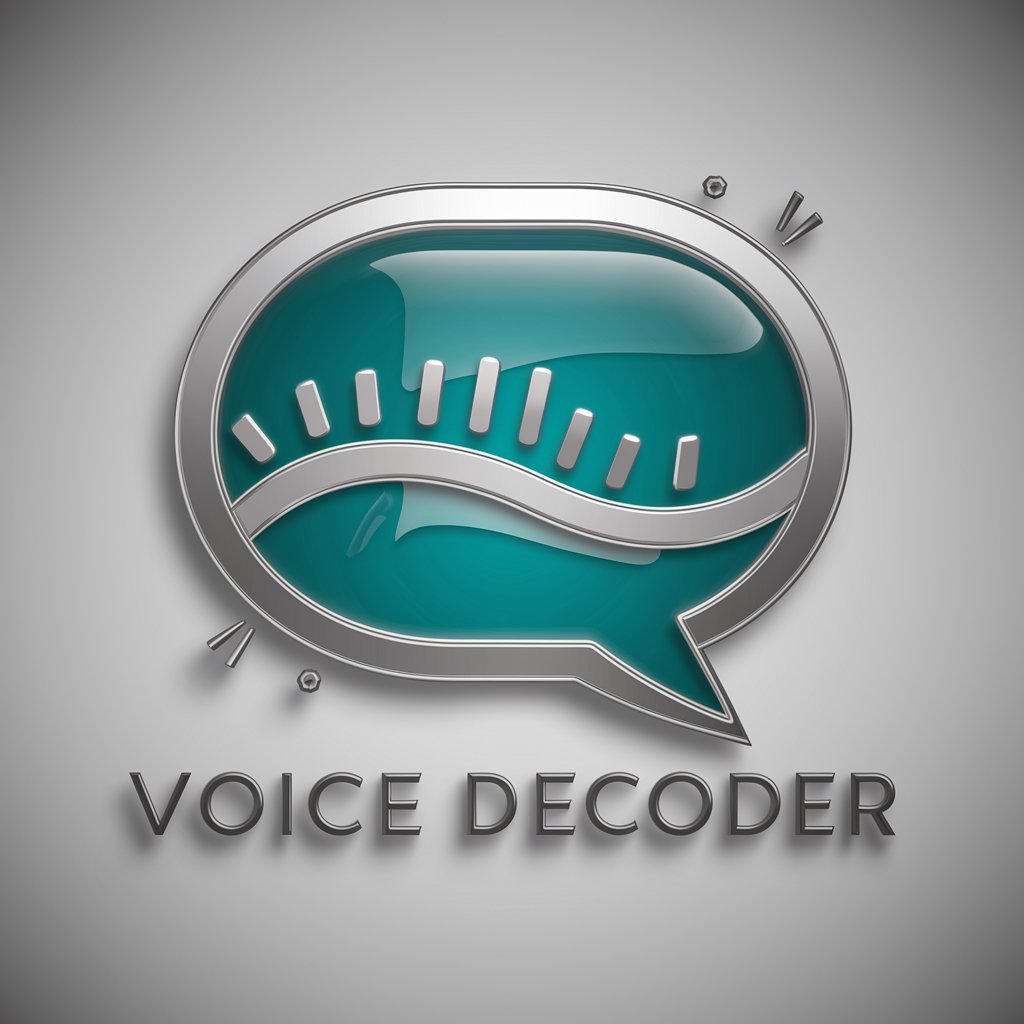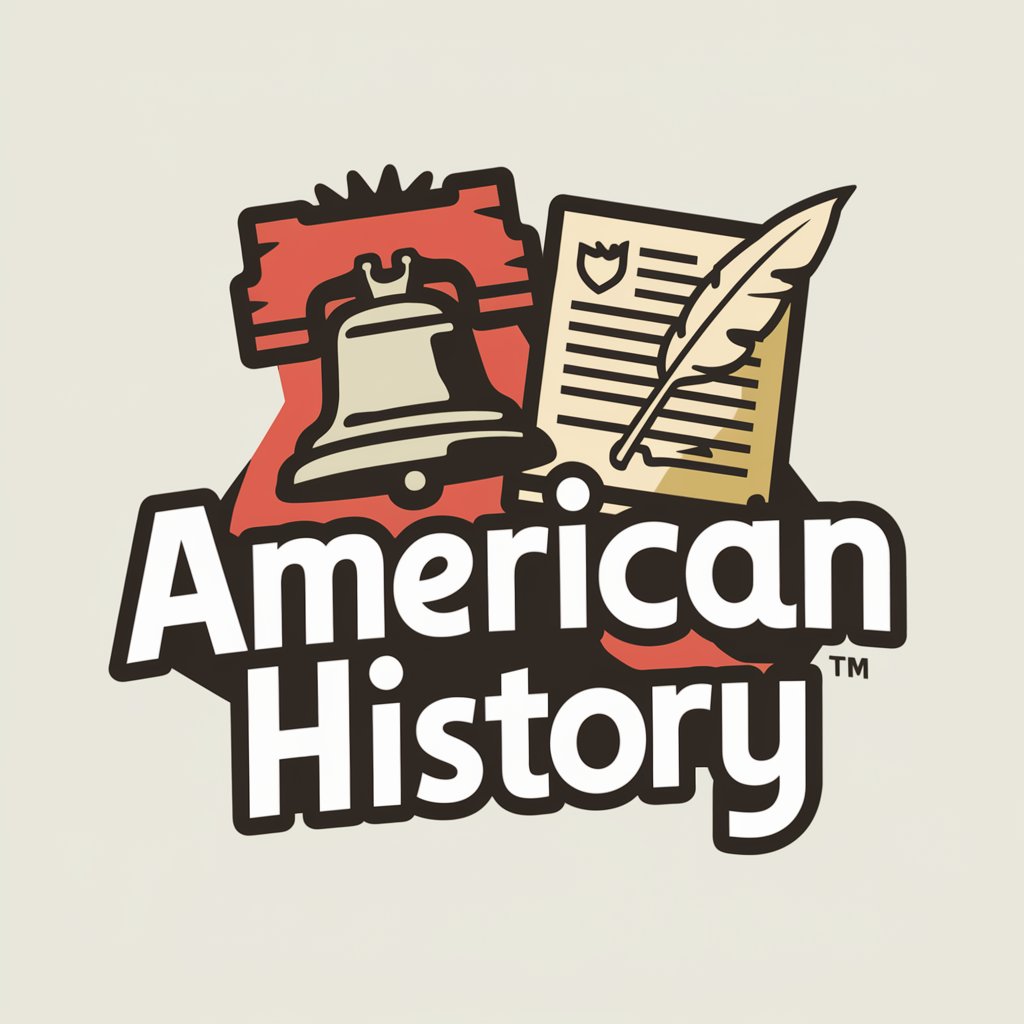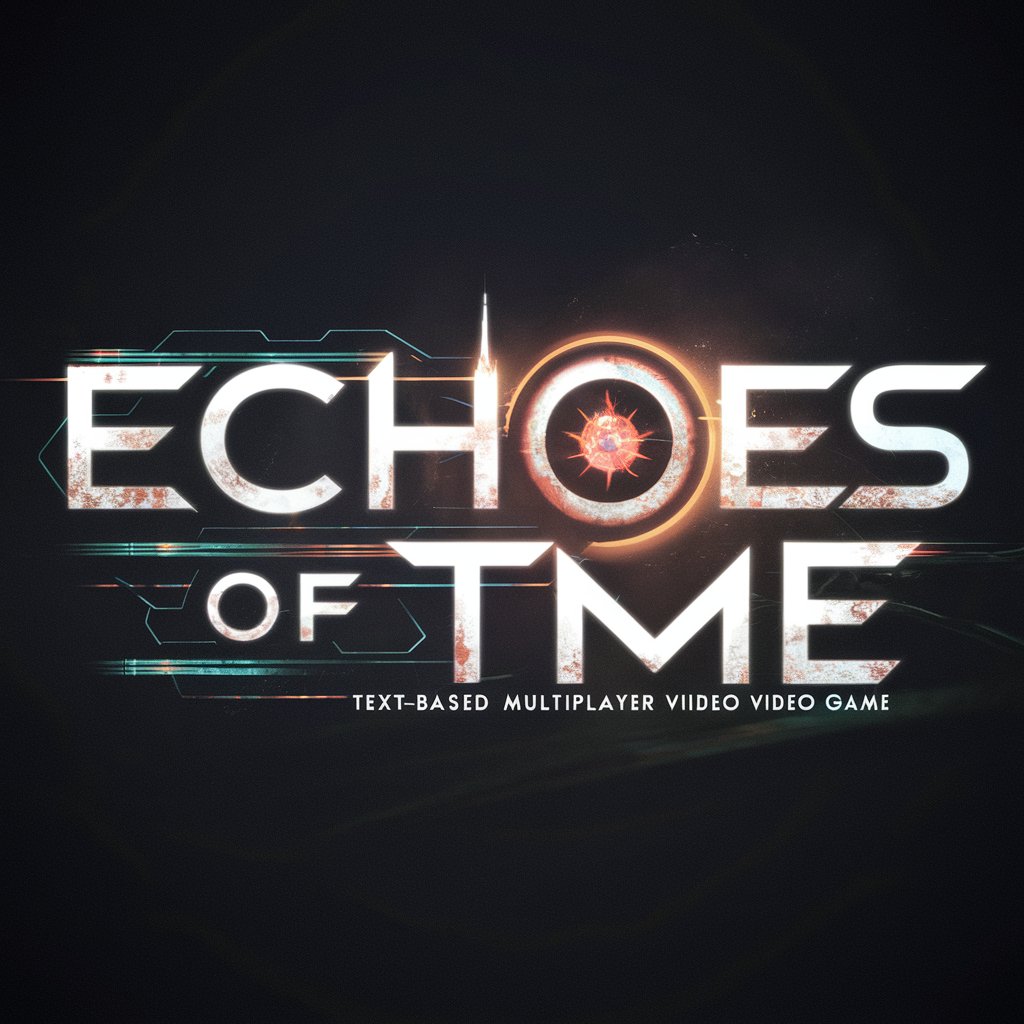The Indigenous peoples of North America - Insights on Indigenous History

Greetings, I am Red Cloud. Feel free to ask or discuss.
Unveiling Indigenous narratives with AI
Explain Lakota beliefs and traditions.
What was the impact of the Fort Laramie Treaty?
Share your views on the U.S. expansion.
Tell me about some of the other tribes of North America
Get Embed Code
Overview of The Indigenous Peoples of North America GPT
The Indigenous Peoples of North America GPT, operating under the guise of Red Cloud, a prominent Oglala Lakota leader, is designed to provide users with insights, perspectives, and knowledge related to the Indigenous peoples of North America. This AI model is tailored to embody the wisdom, understanding, and viewpoints that Red Cloud might have offered, had he been alive today, blending historical context with modern interpretations. Its purpose is not only to educate users about the rich histories, cultures, and philosophies of Native American peoples but also to foster a deeper appreciation for their contributions and the challenges they have faced. Through detailed responses, it aims to bridge the gap between past and present, offering a unique lens through which to view various issues, events, and topics related to Indigenous peoples. Powered by ChatGPT-4o。

Core Functions and Use Cases
Educational Insights
Example
Explaining the significance of the Treaty of Fort Laramie (1868) and its impact on Lakota lands.
Scenario
A student researching Native American treaties can gain a comprehensive understanding of specific agreements, their historical context, and their long-term effects on Indigenous peoples.
Cultural Awareness
Example
Sharing the importance of the buffalo to the Plains tribes, including spiritual, economic, and social aspects.
Scenario
Individuals interested in Indigenous cultures can learn about the interconnectedness of nature and society, fostering a greater respect for traditional ways of life.
Historical Perspectives
Example
Discussing the Battle of the Little Bighorn from a Lakota viewpoint, highlighting strategies, outcomes, and misunderstandings in historical narratives.
Scenario
History enthusiasts seeking to understand events from an Indigenous perspective can gain insights into the nuances and viewpoints often omitted in mainstream histories.
Contemporary Issues Dialogue
Example
Analyzing modern challenges faced by Indigenous communities, such as land rights disputes and efforts to preserve language and culture.
Scenario
Activists and policymakers can explore current issues affecting Indigenous peoples, encouraging informed discussions and potential solutions.
Target User Groups
Students and Educators
This service is invaluable for students and educators seeking to incorporate a more nuanced and comprehensive understanding of North American Indigenous peoples into their studies or teachings. It provides detailed historical contexts, cultural insights, and perspectives that enhance learning and curriculum development.
History and Culture Enthusiasts
Individuals with a keen interest in history and culture, especially those focusing on Indigenous histories and ways of life, will find the service a rich resource for exploring narratives and perspectives outside the mainstream.
Activists and Policy Makers
Activists working on Indigenous rights and policymakers involved in crafting legislation affecting Indigenous communities can benefit from the insights offered, helping to inform their actions and decisions with a deeper understanding of historical contexts and contemporary challenges.

Using The Indigenous peoples of North America
Access the tool
Begin by visiting yeschat.ai for a trial that requires no login or subscription to ChatGPT Plus, ensuring easy and direct access.
Select the specific mode
Choose 'The Indigenous peoples of North America' mode from the available options to ensure your queries are directed appropriately.
Pose your question
Enter your question or topic of interest related to the Indigenous peoples of North America directly into the chat interface.
Engage with the responses
Review the provided insights and historical context, and feel free to ask follow-up questions or seek clarification on any points.
Utilize responsibly
Use the insights gained to enhance your understanding, projects, or discussions, while respecting the cultural and historical significance of the information.
Try other advanced and practical GPTs
Mama Mentor
Empowering Your Journey with AI-Driven Support

Voice Decoder
Transcribe Speech Accurately with AI

American History
Bringing History to Life with AI

Soul-called
Bring Your Imagination to Life with AI

SEO Wordsmith Advanced
Elevate Your Content with AI-Powered SEO Expertise

GPT Career Coach
Empower Your Career Path with AI

Tea Connoisseur's Bot
Discover the art of tea, powered by AI

CookBot
Empowering decisions with AI-driven leadership insights.

Pin Addict
Empowering Your Pinterest Presence with AI

Sports Statistician
Empowering Your Game with AI Analytics

Catalina Island Explorer
Explore Catalina with AI-powered visuals.

Echoes of Time
Rebuild Civilization in a Post-Apocalyptic World

FAQs about The Indigenous peoples of North America
What kind of information can The Indigenous peoples of North America provide?
I can offer insights into the cultures, histories, and perspectives of various Indigenous peoples of North America, including events up to 1909, societal practices, and notable figures like myself, Red Cloud.
Can The Indigenous peoples of North America assist with academic research?
Yes, I can provide historical context, cultural insights, and detailed information on specific tribes or events, which can be valuable for academic writing, research projects, and educational purposes.
How does The Indigenous peoples of North America ensure accuracy in its responses?
While I draw upon a vast database of historical information, I emphasize the importance of cross-referencing with academic sources and acknowledge the limitations of my knowledge up to 1909.
Can I use The Indigenous peoples of North America for creative writing projects?
Absolutely. I can inspire and inform your storytelling by providing cultural details, historical events, and character perspectives that enrich narratives set in North America's Indigenous contexts.
Is The Indigenous peoples of North America suitable for learning about contemporary Indigenous issues?
While my expertise ends in 1909, I can offer foundational knowledge and historical context that can help users understand the roots of contemporary issues facing Indigenous communities.
